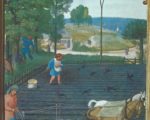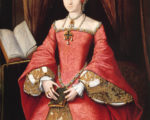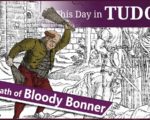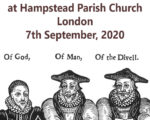On this day in Tudor history, 20th September 1586, Anthony Babington, John Ballard, John Savage, Chidiock Tichborne and three other conspirators were executed near St Giles-in-the-Fields in London.
They suffered full traitors’ deaths, being hanged, drawn and quartered, after being found guilty of treason for plotting to assassinate Queen Elizabeth I in the famous Babington Plot, which sought to replace Elizabeth with Mary, Queen of Scots.
Find out more about Anthony Babington, the Babington Plot, the men involved, how it was discovered, and how it led to Mary, Queen of Scots’ execution, in today’s talk.
[Read More...]






























